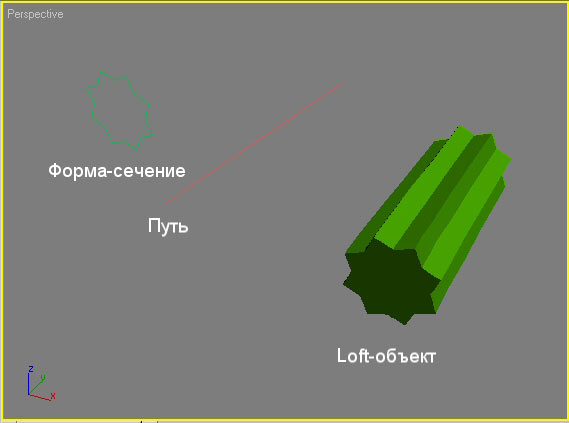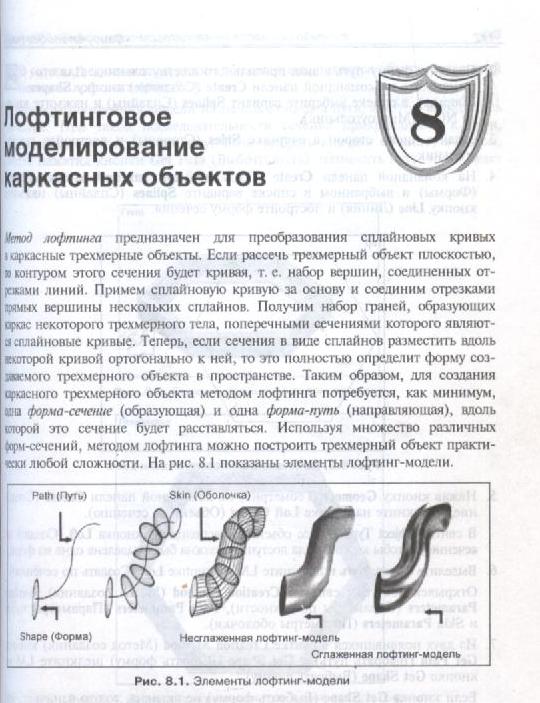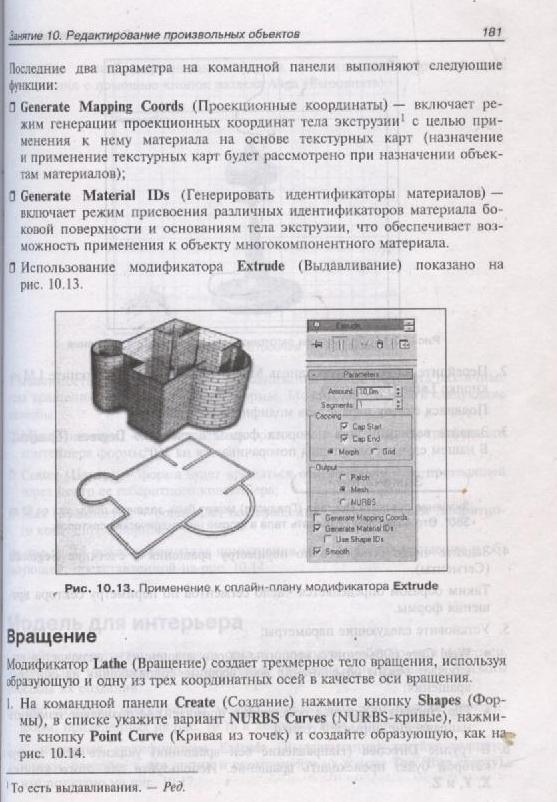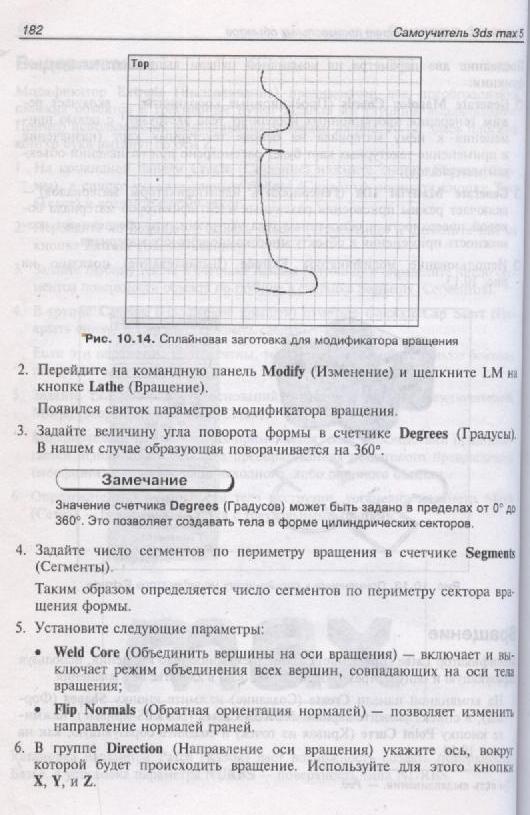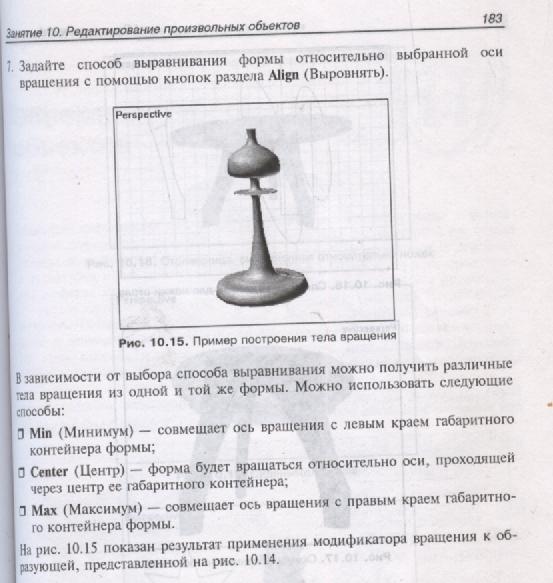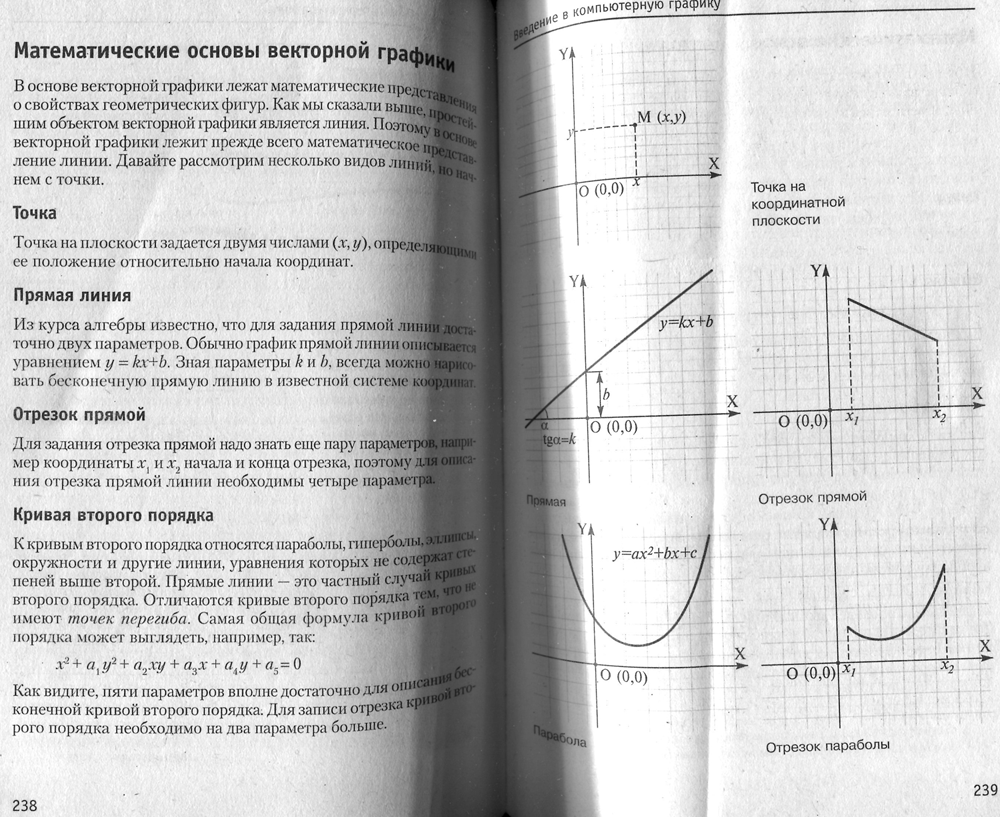
Кривые линии.

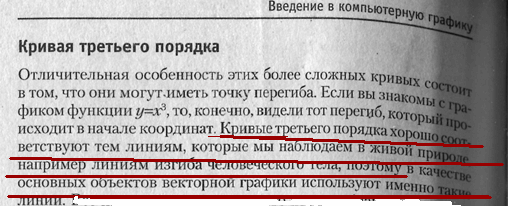


VERTICES
A point is a zero-dimensional (0D) object in 3D space. It has a set of coordinates to define
its location but has no length, width, or height. It is nothing more than a location in
Cartesian space. However, we can connect points to create edges or polylines. An edge is
part of a polygon between two vertices, and a polyline connects two vertices together that
are not part of a polygon. At its root, 3D modeling consists of nothing more than
connecting a series of vertices together to create 3D objects.
A group of vertices used to define a 3D object is called a point cloud. Each point in a cloud
is usually called a vertex and is used to define one of the corners of a polygon. Points used
to define a spline (see below) are called control points. We’ll define these terms a little
later.
SPLINES
Splines are lines that are defined by multiple control
points.

The
following graphic shows three basic types of splines. The
simplest type of spline consists
of a set of control points
connected by straight lines,
called a linear spline (shown on
the near right). The other two
splines are curved. You can curve a spline by adjusting its basis, or method used to
compute the spline. Splines can be divided into interpolating and approximating.
An interpolating spline will always touch the points that define it. In the above graphic,
the two splines on the left are interpolating. This gives them a more drastic skin-like bend
than approximating splines. Approximating splines, such as the rightmost example in the
above graphic, have a softer curve because they don’t necessarily touch the points that
define them. Either type of spline requires three or more control points in order to show
any curvature. Poser uses interpolating splines for such things as the Walk Designer and
the Animation palette.
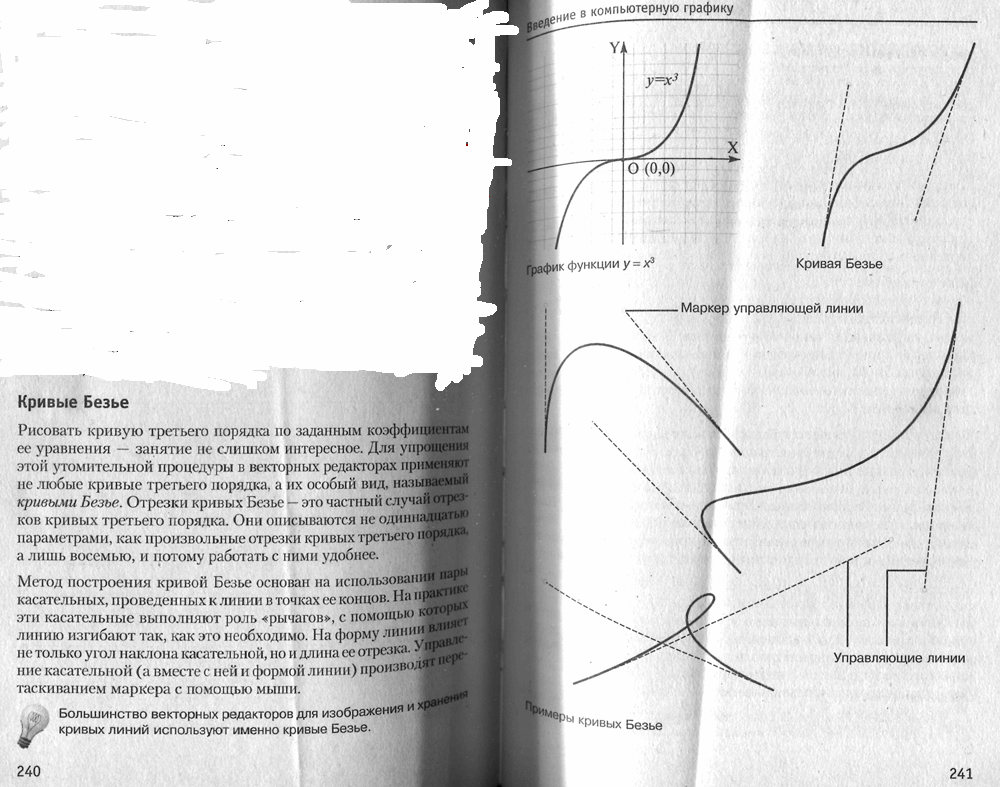
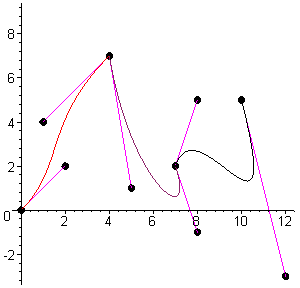

Информация получена из
Курс высшей математики-В.С.Шипачев Москва2002



Информация получена из
Аналитическая геометрия - И.И.Привалов Москва 2005
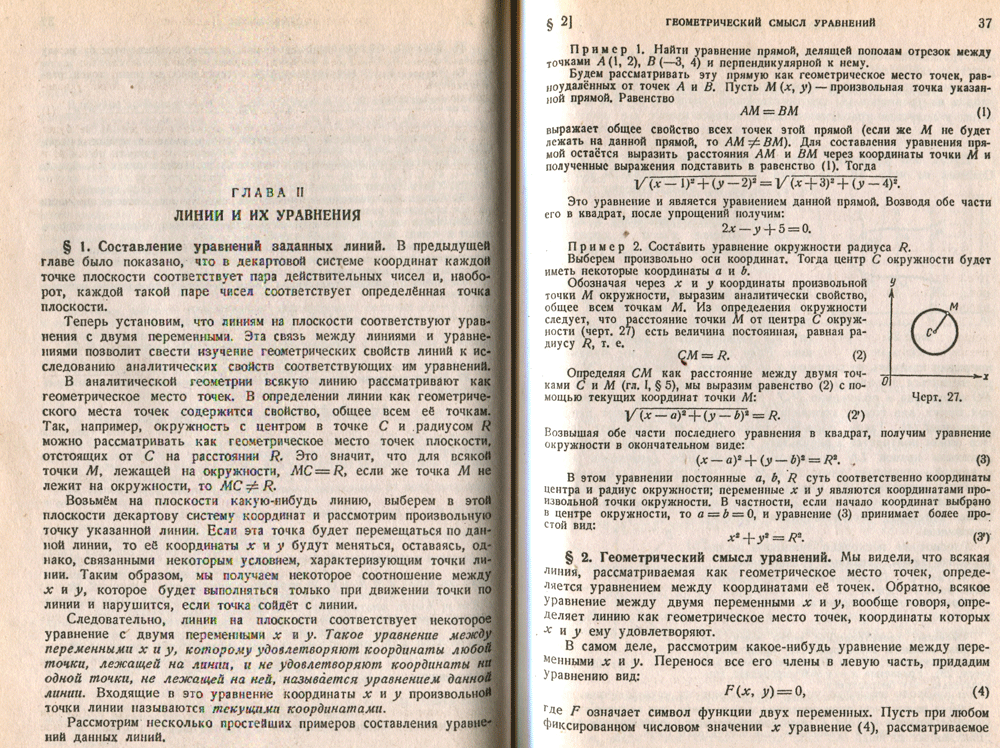
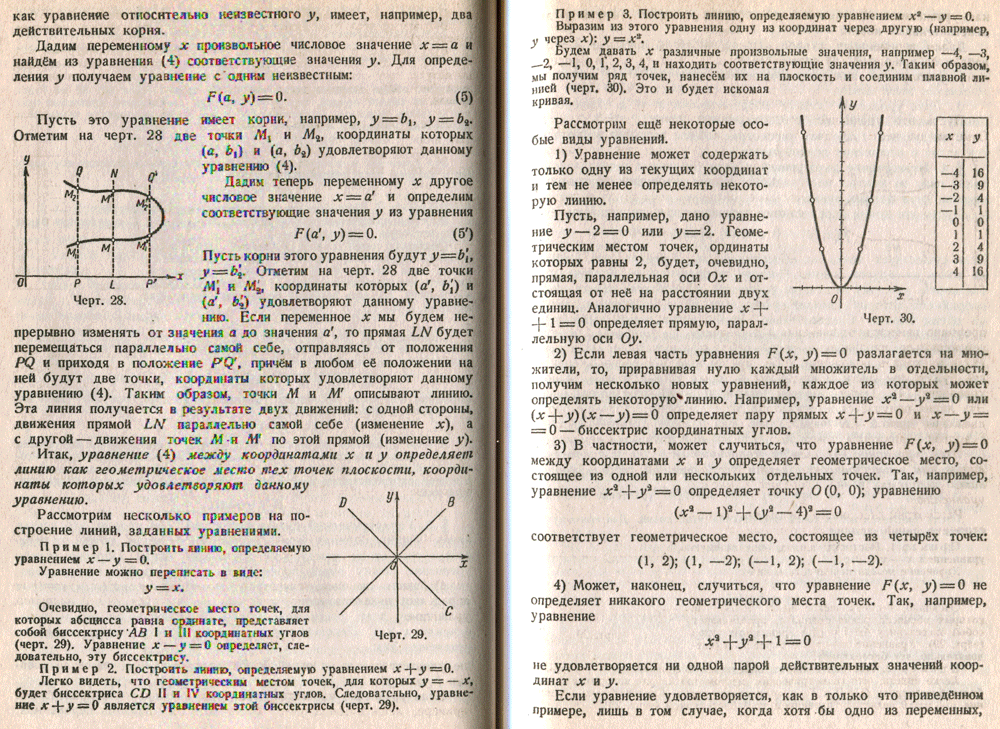

Информация получена из
Курс начертательной геометрии-В.Гордон М.1960

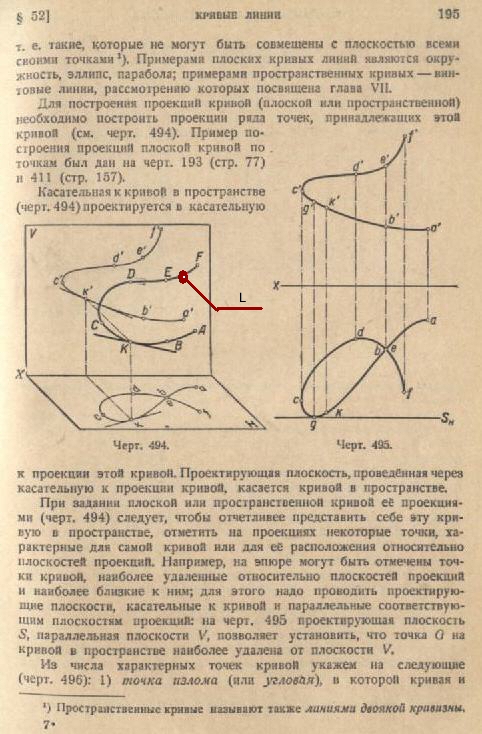
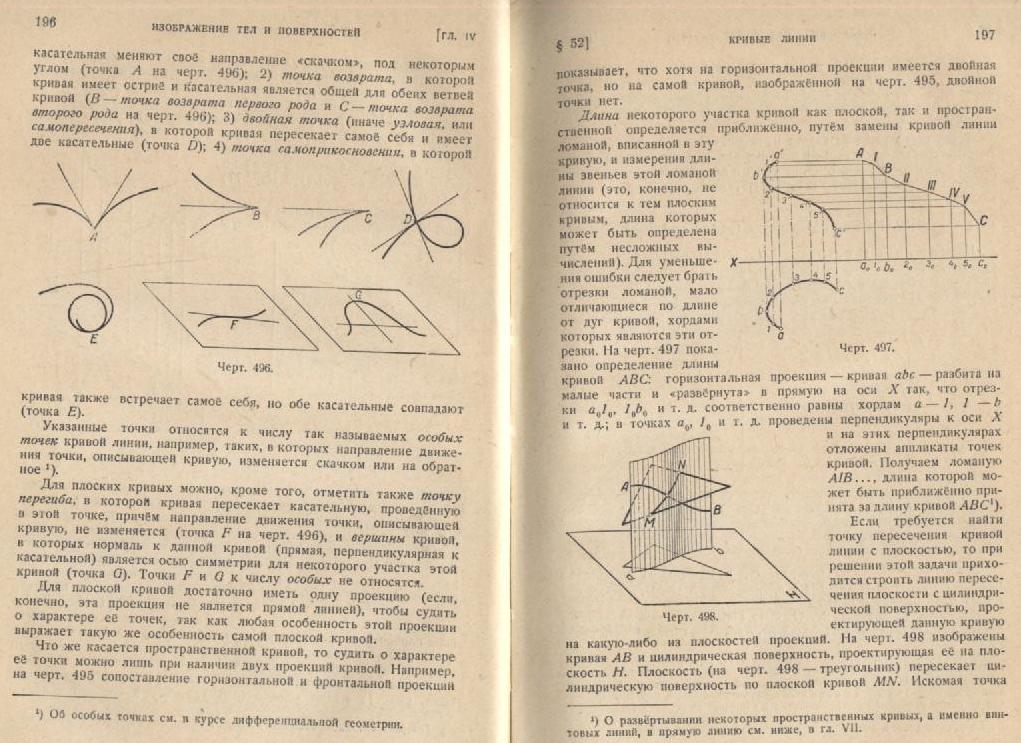
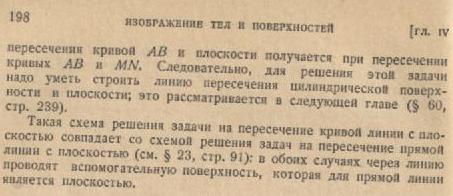
Информация получена из
Курс черчения часть 1 -Н.С Дружинин Москва 1961





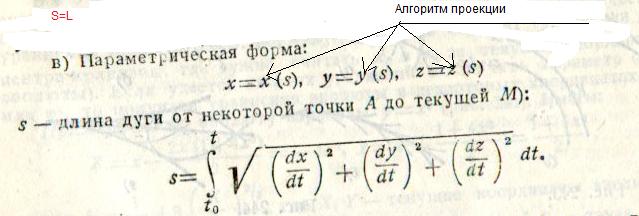
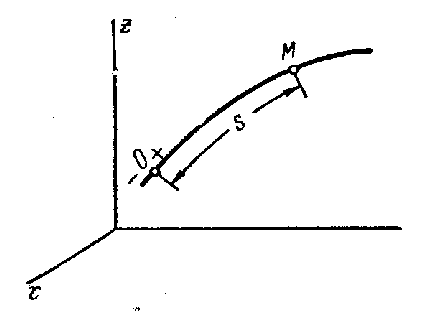
Инфомация получена
Лекции по высшей математике А.Д. Мышкис Москва
Часто встречающиеся поверхности задаваемые уравнениеями явного вида z=f(x,z)
Поверхность и линии в пространстве
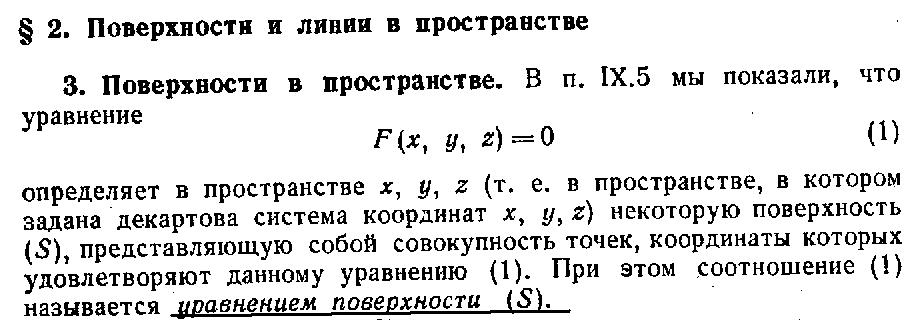

Это сильное утверждение.
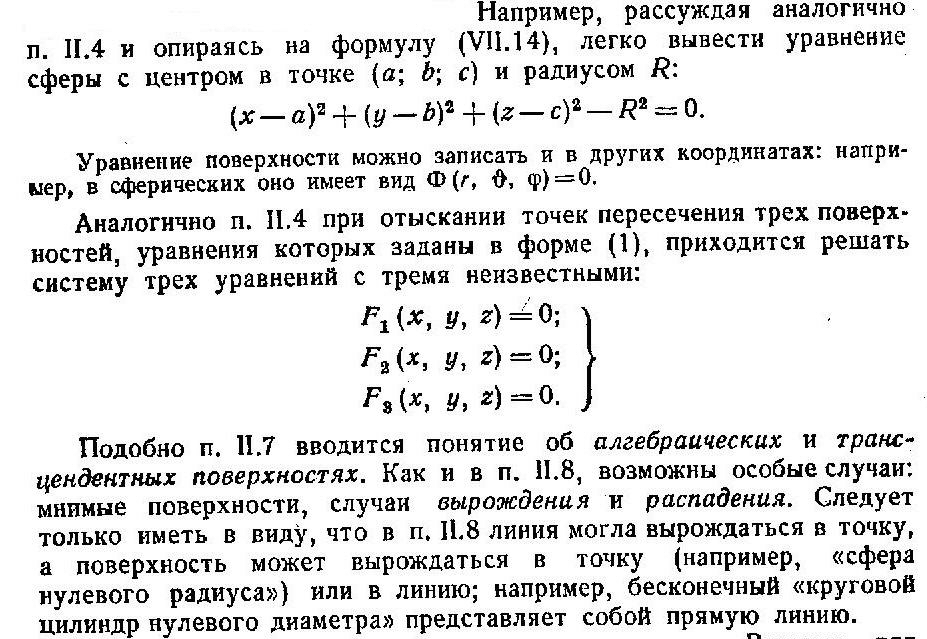

Цилиндры ,конусы ,поверхности вращения.
Пусть имеется уравнение уравнение 
Если его рассматривать только вплоскости ![]() xOz ,
xOz ,

то это уравнение параболы (L) 
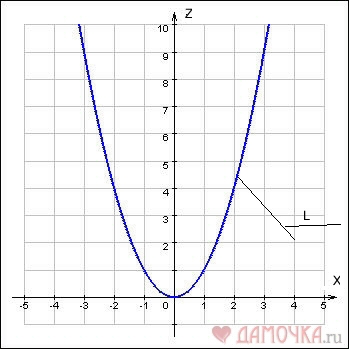
Если рассматривать этоже уравнение во всем пространстве x,y,z
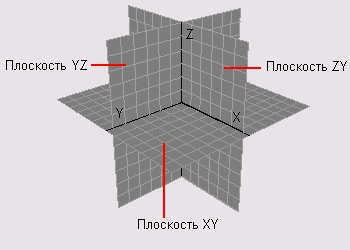
то получается уравнение целиндрической поверхности
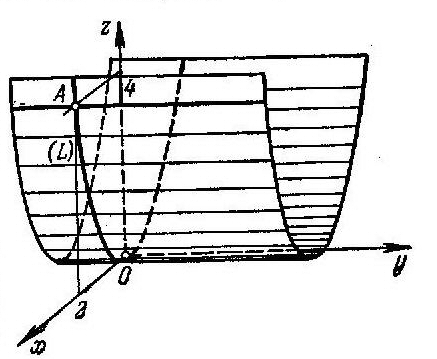
направляющей которой служит парабола (L) , абразующей паралельны оси y (параболический целиндр)

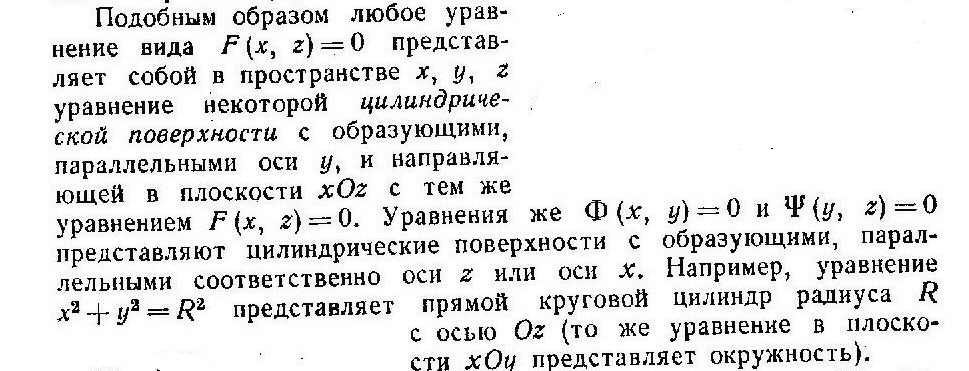
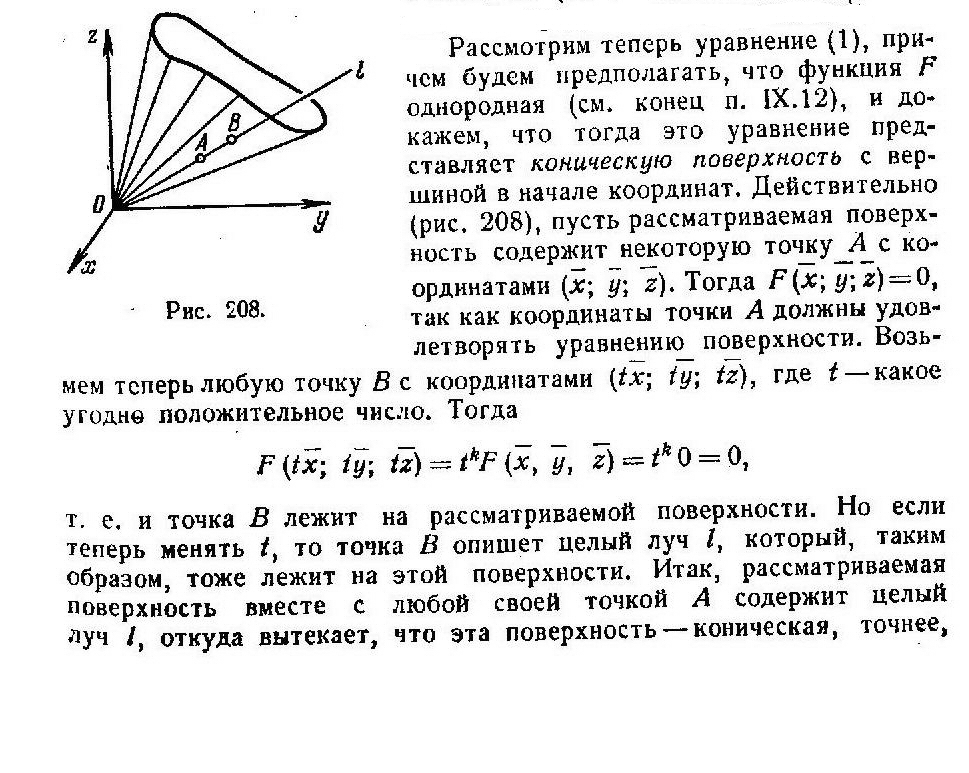
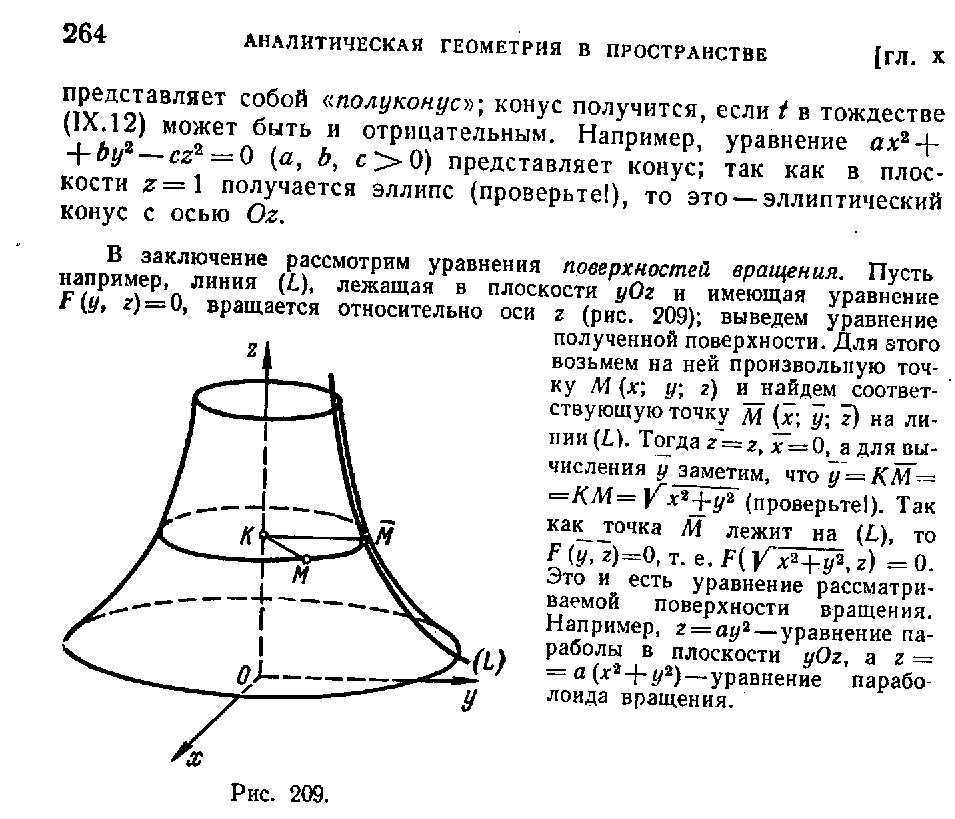


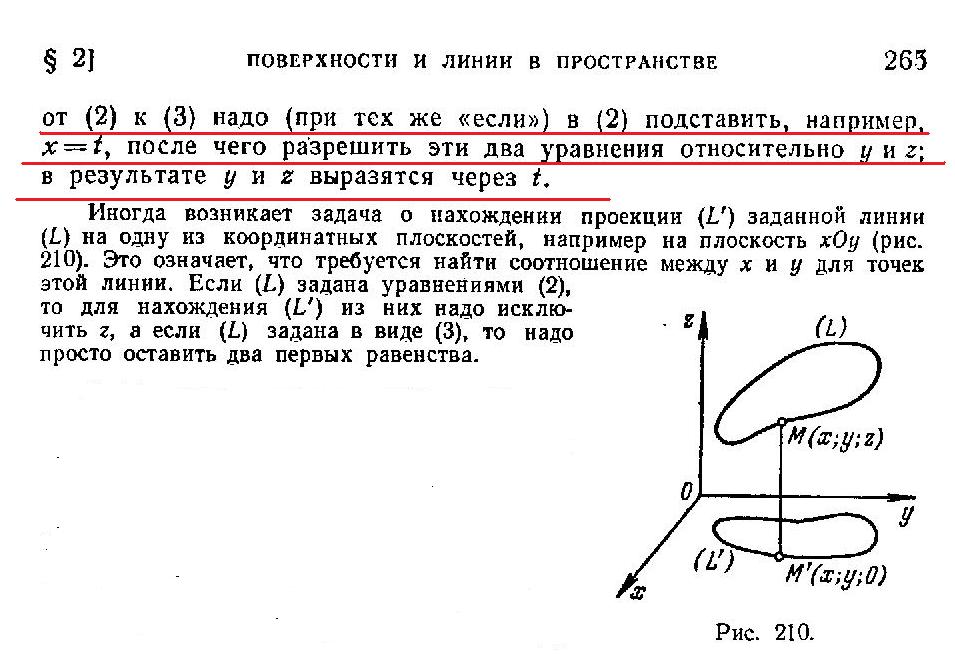

|
|
|
